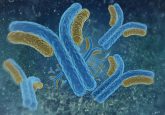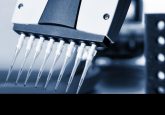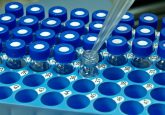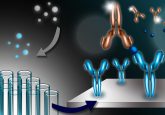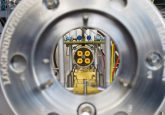Interview with Anthony Romanelli (AB SCIEX) on microflow LC
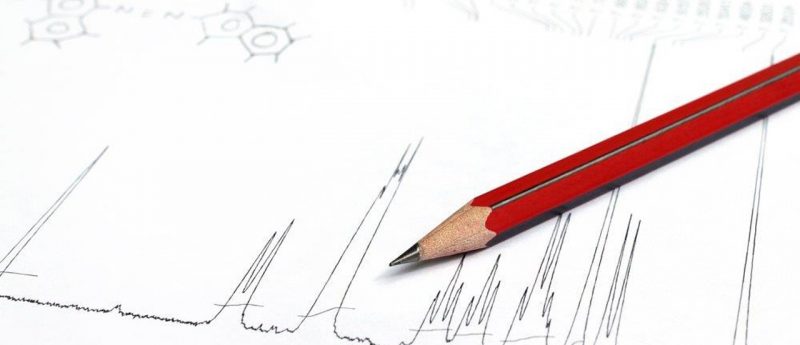

Anthony Romanelli is Senior Applications Manager at AB SCIEX, and is based in Framingham, MA. He has years of experience in applications such as food and environmental testing, drug discovery, and peptide quantitation. He joined AB SCIEX in 2005, where he has worked on a number of projects and is now focusing on microflow applications. Prior to AB SCIEX he held a position as a Research Associate at Yale University (CT, USA).
Could you tell Bioanalysis Zone a little about your current role at AB SCIEX?
I am the Senior Applications Manager of our product applications lab in Framingham, MA and also the manager of our microflow applications team in North America.
At AB SCIEX, when you refer to microflow LC, what specifically are you referring to?
When we refer to microflow, we are referring to LC flow rates between 5 and 200 uL/minute and the utilization of LC columns with inner diameters between 0.2 and 1.0 mm. This flow rate range is quite wide, so depending on the specific needs of the customer’s application, we can determine what column ID and flow rate are best suited for them. We currently have two systems that can be utilized for microflow applications, the microLC 200 for 1D applications and the LC400 that can be used with trap and elute and 2D workflows.
What are the benefits of microflow and how are they achieved?
The key benefits of microflow include improved sensitivity and robustness, higher throughput, and reduced costs compared to higher flow applications. Improved sensitivity is achieved mostly due to improved ion sampling efficiencies at lower flow rates. This means that more ions generated in the ion source are aspirated into the ion optics of the mass spectrometer. The improvement in robustness is due to the mass spectrometer interface being exposed to a fraction of the solvent load that it would at higher flow rates.
The throughput gains are due to the unique design of our micro-LC systems, which include very low delay volumes, pneumatically driven pumps, proprietary microfluidic flow control, and gradient mixing without requiring a mixer. The microfluidic flow control function is based on a continuous feedback system that is able to rapidly adjust the flow rate many times per second to achieve accurate and stable flow. Lastly, significant cost savings are realized from both reduced maintenance costs associated with the micro-LC and mass spectrometer, and greatly reduced costs associated with purchasing HPLC grade solvents. When considering all the benefits mentioned as a whole, the end result is a more productive and cost efficient lab.
What are some of the specific features and benefits of your micro-LC offerings?
Specific features include the microfluidic flow control and pneumatically driven pumps mentioned earlier, along with a UHPLC pressure limit of 10,000 psi. An additional feature of our micro-LC systems is their ability to interface well with our mass spectrometers. Utilizing hybrid electrodes, that have inner diameters of 25 and 50 µm, and close coupling the column ovens to the ion source, we can reduce post-column band broadening. Keeping the chromatographic peaks as sharp as possible results in optimal chromatographic resolution and sensitivity with regard to signal:noise.
We have had many customers report that they have obtained the expected benefits with their micro-LC in multiple application areas, including the quantitation of peptides, steroids, lipids, small molecule drugs and pesticides. The benefits observed included improved sensitivity and throughput and solvent cost savings.
Are the applications that have been developed just as robust as high-flow methods?
We have put a great deal of effort into making sure that methods developed on our micro-LC platforms demonstrate equal or better robustness compared to their high flow counterparts. Laser-fused hybrid electrodes, advanced flow path components, and microflow compatible injection valves are just some examples of what we have implemented. These features are critical for robust operation when working with highly complex matrixes.
Is it more difficult to optimize micro-LC methods than high-flow methods?
Users will find optimizing microflow on our systems to be just as easy as optimizing high-flow methods. Firstly, customers can perform the same infusion or flow injection based optimizations that they would use for high flow. Secondly, the source and gas settings used will behave the same way as at higher flow rates. The only change is that the gas flow rates and temperatures utilized will be lower due to the reduced flow rates.
What are you excited about working on over the next year?
Given our track record of microflow innovation, I am looking forward to having our team push the limits for applications that demand the highest levels of sensitivity and robustness by using trap and elute style workflows. We recently developed a method using the LC400 and the QTRAP6500 for quantitation of exenatide, where we were able to achieve a limit of quantitation of 2 pg/mL.

